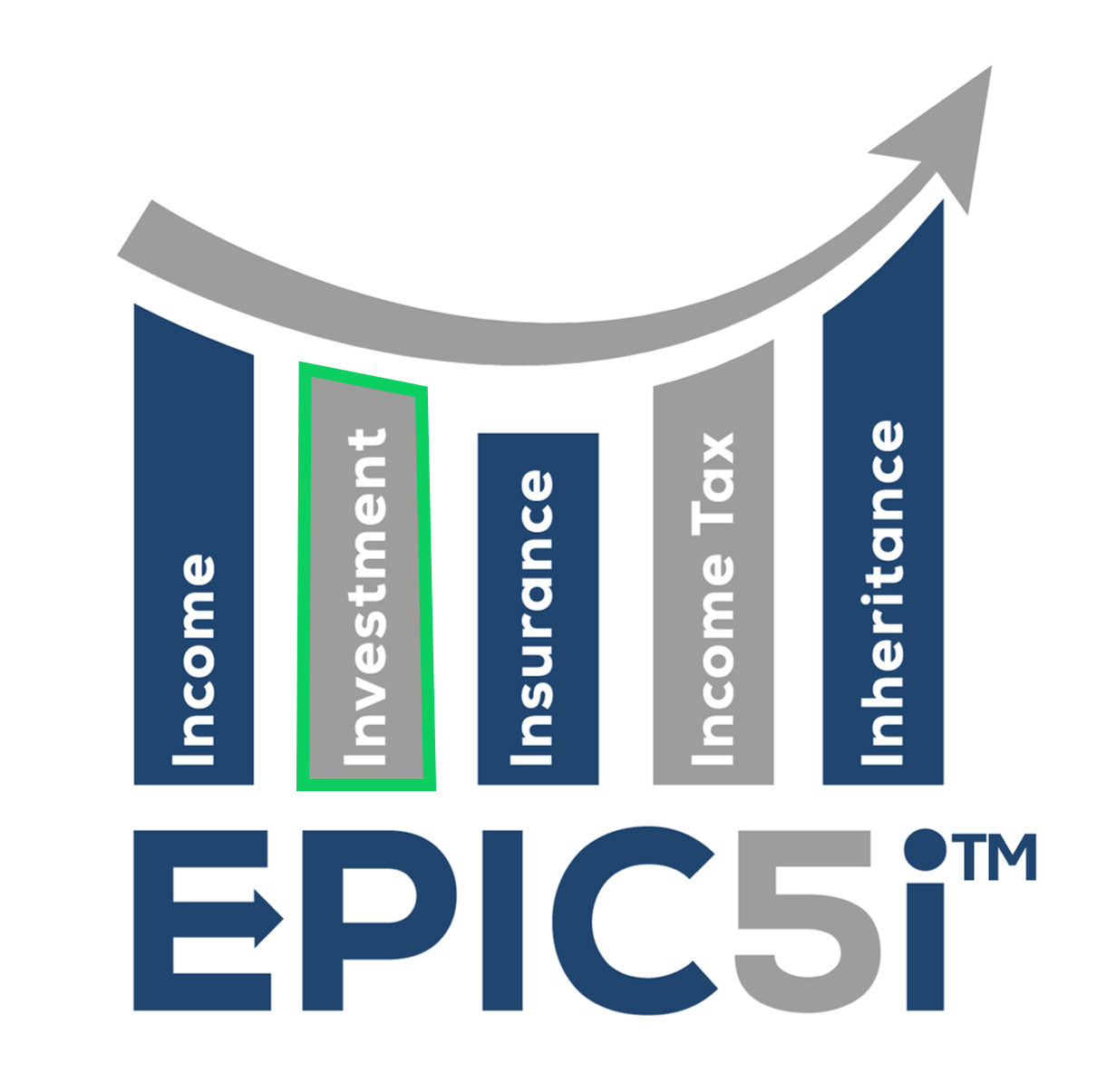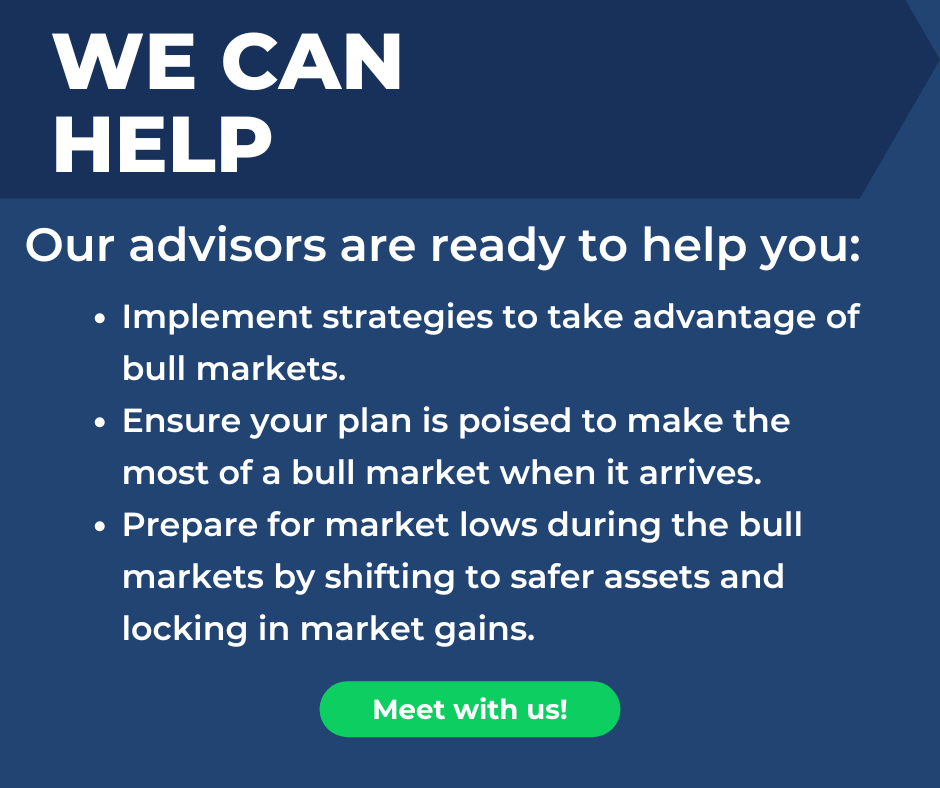Understanding the Average Length of a Bull Market in the Nasdaq: What History Tells Us
Written By: Alex Hammersley, CPA

The Nasdaq, known for being tech-heavy and growth-oriented, has long been a focal point for investors seeking high returns. The index is home to companies like Apple, Microsoft, and Tesla, driving innovation and transforming industries. However, like all financial markets, the Nasdaq experiences both bull and bear markets. Understanding the average length of a Nasdaq bull market can provide valuable insight for investors looking to strategize over the long term.
What is a Bull Market?
Before diving into the numbers, it’s essential to understand what a bull market entails. A bull market refers to a sustained period during which stock prices rise by 20% or more from recent lows, typically driven by optimism about economic growth, strong corporate earnings, and investor confidence. Conversely, a bear market is a period when prices fall by 20% or more over an extended period. Bull markets can create substantial wealth for investors, but knowing how long they might last is key to optimizing investment strategies.
The Historical Average Length of a Bull Market in the Nasdaq
The average length of a bull market in the Nasdaq typically spans around 3.8 years, or approximately 46 months. However, as with most things in finance, the actual duration can vary significantly depending on broader economic conditions, market sentiment, and global events. Some bull markets last far longer than the average, while others may be shorter due to economic shocks or geopolitical disruptions.
For instance, the bull market that followed the 2008 financial crisis was one of the longest on record, lasting from March 2009 to March 2020—a span of 11 years. This bull run was driven by low interest rates, technological innovation, and strong corporate earnings in the tech sector. It came to an abrupt halt due to the COVID-19 pandemic, which sent markets into a temporary tailspin.
Factors Influencing Bull Markets in the Nasdaq
Several factors tend to influence the duration and strength of a bull market in the Nasdaq:
- Technological Innovation: As a technology-centric index, the Nasdaq is heavily influenced by innovation cycles. Breakthroughs in areas like cloud computing, artificial intelligence, and biotechnology can extend bull markets by creating new opportunities for growth.
- Interest Rates: Low interest rates generally fuel bull markets by making borrowing cheaper, encouraging investment in riskier assets like stocks. Conversely, rising interest rates can dampen market enthusiasm and shorten bull markets.
- Economic Growth: Sustained economic expansion, characterized by rising GDP, low unemployment, and healthy consumer spending, often supports long bull markets as companies see their earnings grow.
- Investor Sentiment: During times of optimism, investors are more willing to take on risk, pushing markets higher. However, sudden shifts in sentiment can quickly reverse a bull market, especially in the tech-heavy Nasdaq, which is more sensitive to market sentiment swings.
Volatility and the Nasdaq
The Nasdaq is inherently more volatile than broader indices like the S&P 500 due to its focus on growth stocks, particularly in technology. Growth stocks, while offering the potential for higher returns, are often more vulnerable to sharp corrections, especially during times of market uncertainty. As a result, Nasdaq bull markets can sometimes be shorter or more intense, with rapid price increases followed by steep declines.
Despite this volatility, long-term investors in the Nasdaq have historically been rewarded. Over time, technological advancements and the growth potential of innovative companies have driven the Nasdaq to outperform many other indices.
Lessons for Investors
For investors, the average length of a Nasdaq bull market—approximately 46 months—offers a guide but not a guarantee. Markets are unpredictable, and bull markets don’t follow a set timeline. However, understanding the historical context allows investors to maintain a long-term perspective, even during periods of volatility.
Here are a few key takeaways:
- Stay Focused on the Long Term: The Nasdaq is inherently more volatile, but for long-term investors, this volatility can lead to significant gains. The key is to remain patient and avoid making rash decisions during short-term market swings.
- Diversification is Key: While the Nasdaq offers immense growth potential, its volatility means that diversifying across different asset classes or sectors can help mitigate risk.
- Know When to Reassess: Investors should periodically reassess their portfolios, particularly when a bull market has stretched well beyond the average duration. While timing the market is difficult, understanding the signs of potential corrections can help protect gains.
Conclusion
The average length of a bull market in the Nasdaq is around 3.8 years, but history shows that this can vary significantly based on market conditions and external events. Understanding the dynamics of Nasdaq bull markets helps investors manage expectations and develop sound strategies that prioritize long-term growth over short-term fluctuations.
By staying informed and patient, investors can capitalize on the opportunities that Nasdaq bull markets present while weathering the inevitable corrections that follow. After all, successful investing is not just about riding the highs of the bull market but navigating the lows with resilience.
Say What?
A Japanese woman who loves bananas is now the world’s oldest person
Tomiko Itooka, a Japanese woman, is now the world’s oldest living person at age 116.
This week in history
1620 – the Mayflower departs from England
1862 – The Battle of Antietam
1901 – President William McKinley dies
1964 – The Debut of Pop Tarts
1978 – Muhammad Ali wins World Heavyweight Championship
What did it cost? (White bread (1 pound)):
1974 – $0.35
2004 – $0.97
2024 – $2.03
Have any questions? That’s what we’re here for! Call us at 844-227-5766 today!
Get on our email list to receive these updates in your inbox!
Ready to Take The Next Step?
For more information about any of the products and services listed here, schedule a free assessment today or register to attend a seminar.

